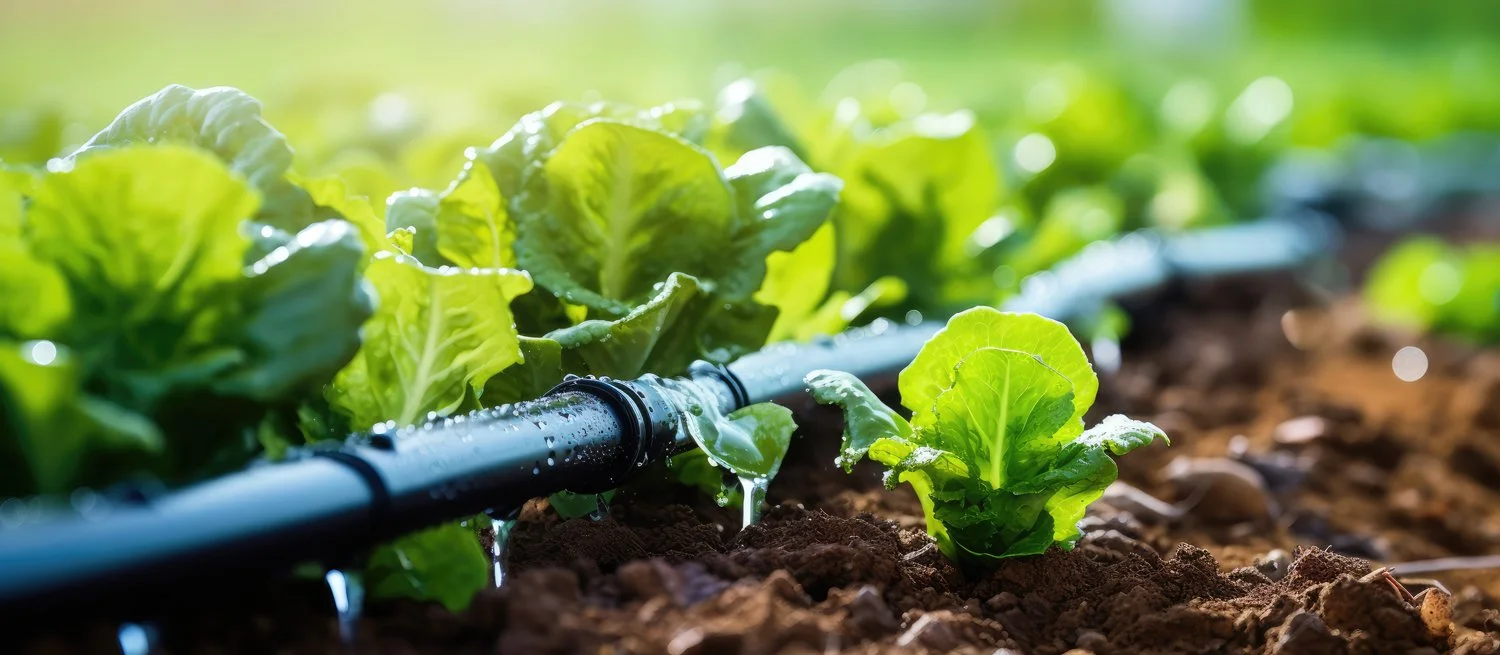Grow rosemary indoors — a short introduction to this piece.
The idea of growing herbs indoors can be fascinating, but it can be quite challenging if you don’t care to know the growing needs of the plant.
Herbs including rosemary needs proper light and well-drained soil to thrive. Depending on the climatic conditions in your region, you should change the watering frequency.
To be able to have fresh rosemary leaves year-round, you should honour the plant requirements to keep it alive indoors.
Though rosemary is a natural resilient and adaptable plant, it craves abundant sunlight, dislikes soggy soil, and benefits from good air circulation to prevent pest infestations and fungal issues.
Unlike tender herbs that wilt at the slightest neglect, rosemary can bounce back from minor mistakes—but consistent care is essential.
Understanding its basic needs and common growing challenges ensures you’ll enjoy a lush, green rosemary plant that produces fragrant leaves for months or even years to come.
Basic Growing Requirements of Rosemary Plant
Rosemary thrives in bright sunlight, well-draining soil, and moderate watering to keep its roots dry and healthy. Maintain warm indoor temperatures and good air circulation for strong, fragrant growth.
1. Sunlight
Rosemary is a sun-loving herb that demands plenty of bright, direct light to flourish indoors. The plant requires a minimum of 6–8 hours of full sunlight daily to maintain healthy growth and produce aromatic, flavorful leaves.
Place your potted rosemary in a south- or east-facing window where it can soak up maximum sunlight.
If natural light is limited, especially in winter, supplement with a full-spectrum LED grow light placed close enough to illuminate but not scorch the foliage. Inadequate sunlight leads to spindly growth and yellowing leaves.
2. Water
Watering rosemary correctly is crucial because this herb is highly sensitive to overwatering and prefers its roots on the drier side.
Allow the top 1–2 inches of soil to dry out completely between waterings, then soak deeply to reach the root zone. Typically, indoor rosemary needs watering every 1–2 weeks.
Always check soil moisture first, and avoid waterlogged conditions that lead to root rot. Mist foliage once or twice weekly to maintain gentle humidity, mimicking its natural Mediterranean climate.
3. Soil
Rosemary thrives in well-draining, loose, and airy soil. A mix of potting soil with sand, perlite, or gravel (2:1 ratio) works exceptionally well.
Add worm castings or organic cactus mix for extra nutrients while maintaining drainage. Avoid heavy, clay-like soils that retain moisture.
Ideal pH is slightly alkaline—between 6.0 and 8.0—to prevent nutrient deficiencies and yellowing leaves.
4. Temperature and Humidity
Rosemary loves warm conditions between 60F and 75F.
Keep it away from drafty windows, vents, and heating units that cause temperature swings.
Though rosemary tolerates lower humidity, indoor air in winter can be too dry. Regular misting or placing the pot on a pebble-water tray helps maintain balanced moisture without soaking the roots.
5. Container and Drainage
Choose a pot at least as deep as the plant is tall, leaving 1 inch of space around roots.
Drainage holes are non-negotiable—they prevent root rot. Terra cotta or unglazed clay pots are best since they allow soil to breathe and dry evenly.
6. Fertilization
Rosemary is a light feeder.
Mix a small amount of organic compost or worm castings during potting for long-term nutrition.
If needed, apply a diluted, balanced liquid fertilizer once every 4–6 weeks during the growing season. Avoid feeding in winter when growth slows.
7. Air Circulation
Good airflow prevents powdery mildew and spider mites.
Avoid overcrowding plants or placing rosemary in stagnant corners.
Position near an open window or use a small fan for gentle movement—but don’t expose it to harsh drafts.
How to Grow Rosemary Indoors?
You can start rosemary indoors through seed propagation or stem cuttings.
While seeds are slower and less reliable, stem propagation is faster and preferred by experienced growers.
Whichever method you choose, ensure bright light, well-draining soil, and careful moisture control for success.
Seed Propagation

Growing rosemary from seeds is a slow but rewarding process that allows you to start multiple plants at once.
- Begin by filling seed trays or small pots with a light, well-draining seed-starting mix to ensure good aeration.
- Sprinkle the seeds evenly over the surface and cover them with only a thin layer of soil, since rosemary seeds need some light to germinate.
- Use a spray bottle to gently mist the soil, keeping it consistently moist but not soggy.
- Maintain a warm environment of around 70–75F and place the trays in bright, indirect light or under a grow light for best results.
Germination can take 2–4 weeks, sometimes longer, so patience is key. When the seedlings grow to about 3–5 inches tall, carefully transplant them into individual pots filled with well-draining potting mix.
Handle the young plants gently and gradually acclimate them to brighter light before placing them in full sun.
Stem Propagation
Stem cuttings root faster and produce mature plants within weeks.
Step 1: Take Cuttings
Select healthy, green, flexible stems (4–6 inches long).
Trim the base at a 45° angle and remove leaves from the lower two-thirds.
Step 2: Water Propagation (Optional)
Place cuttings in a jar of clean water with leaves above the surface.
Change water every few days.
Roots appear in 2–4 weeks; transplant to pots once roots are 1–2 inches long.
Step 3: Soil Propagation
Dip cuttings in rooting hormone and plant them in pots filled with coarse sand or perlite-rich mix.
Cover with a clear plastic bag or humidity dome to retain warmth.
Roots form in 4–6 weeks—remove the cover once new growth appears and move to full sunlight.
How to Harvest Rosemary Leaves?

Harvest mid-morning after dew dries but before midday heat for maximum aroma.
Use clean pruners to snip stems, leaving at least one-quarter of the branch to ensure regrowth.
Avoid overharvesting from young plants.
For woody stems, strip leaves by sliding your fingers down the stem.
Regular pruning encourages bushier, more productive growth and helps shape the plant.
Common Rosemary Growing Problems
Yellowing Leaves
Usually caused by overwatering or poor drainage.
Let the soil dry completely between waterings and ensure pots have drainage holes.
If root rot occurs, trim damaged roots and repot in fresh mix.
Insufficient Sunlight
Leads to pale, leggy growth and reduced aroma.
Ensure 6–8 hours of direct sun or use a grow light.
Pest Issues
Aphids, spider mites, whiteflies, and mealybugs are common.
Wipe leaves with mild soapy water, mist regularly, and isolate infested plants.
Improve airflow to prevent reinfestation.
Fungal Diseases
Powdery mildew and root rot are frequent indoor issues.
Avoid overcrowding and water only at the base. Treat early with organic fungicides or baking soda spray.
Leggy or Sparse Growth
Results from poor light or infrequent pruning.
Harvest regularly and avoid high-nitrogen fertilizers.
Conclusion
Growing rosemary indoors is simple and satisfying once you understand its Mediterranean roots—bright light, dry soil, and good airflow.
With proper care, your rosemary plant can thrive for years, offering fragrant leaves for cooking and a fresh scent for your home.
Even if challenges like pests or yellowing arise, they’re easy to manage with attentive care and quick action. Whether you start from seeds or cuttings, this resilient herb rewards you with beauty, aroma, and flavor all year round.

Khaja Moinuddin, a computer science graduate, finds joy in gardening and homesteading. Join him on this blog as he shares his experiences in homesteading, gardening, and composting
Grow rosemary indoors appears here to highlight key ideas for readers.













